Lockpicking is an art that has been around for centuries. It is a skill that requires patience, precision, and knowledge of how locks work. In recent years, lock picking has gained popularity as a hobby and even a profession. However, it is important to note that lock picking can be used for both legal and illegal purposes.
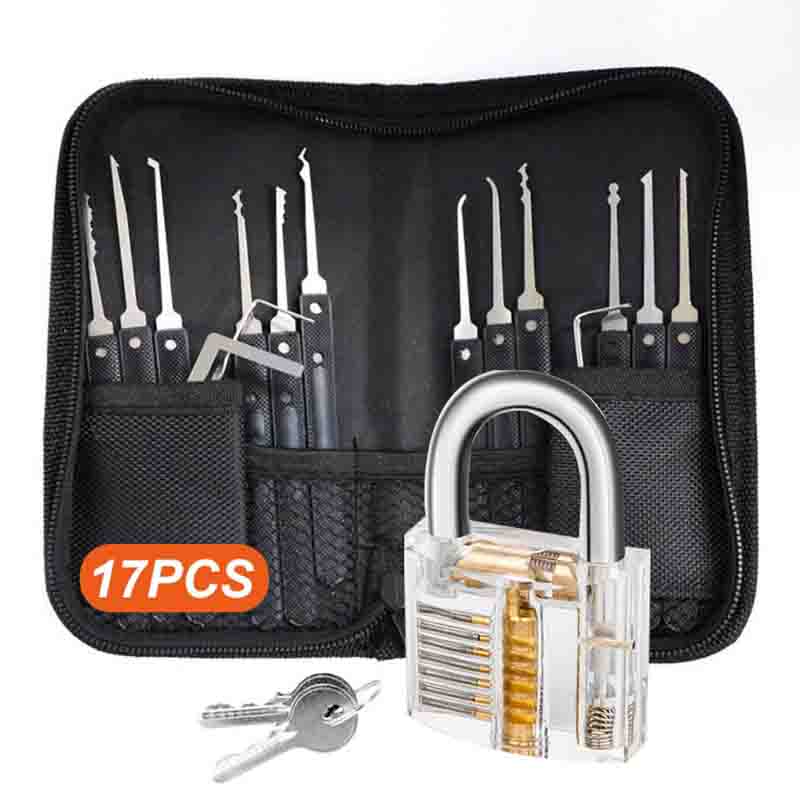
At its core, lock picking involves manipulating the internal mechanisms of a lock to bypass its security features. This can be done using specialized tools or by using everyday objects such as hairpins or paper clips. While it may seem like a simple process, there are many factors to consider when attempting to pick a lock, including the type of lock being used and the level of skill required to successfully manipulate it.
In this article, we will take an in-depth look at what exactly lock picking entails and explore some common misconceptions about this fascinating practice.
The fundamental principles of lock mechanisms and their manipulation by means of specialized tools constitute the foundational knowledge required for proficient lock picking.
A lock mechanism is composed of two types of pins: key pins and driver pins. When a key is inserted into the lock, it lifts the key pins to a specific height, thus aligning them with the shear line - a gap that separates the inner cylinder from the outer casing. Once all key pins are aligned with the shear line, it allows for rotation of the cylinder and unlocks the lock.
Lock picking involves manipulating these internal components without using a key in order to achieve that same alignment between key pins and shear lines. To do this, one must use specialized tools such as tension wrenches and picks.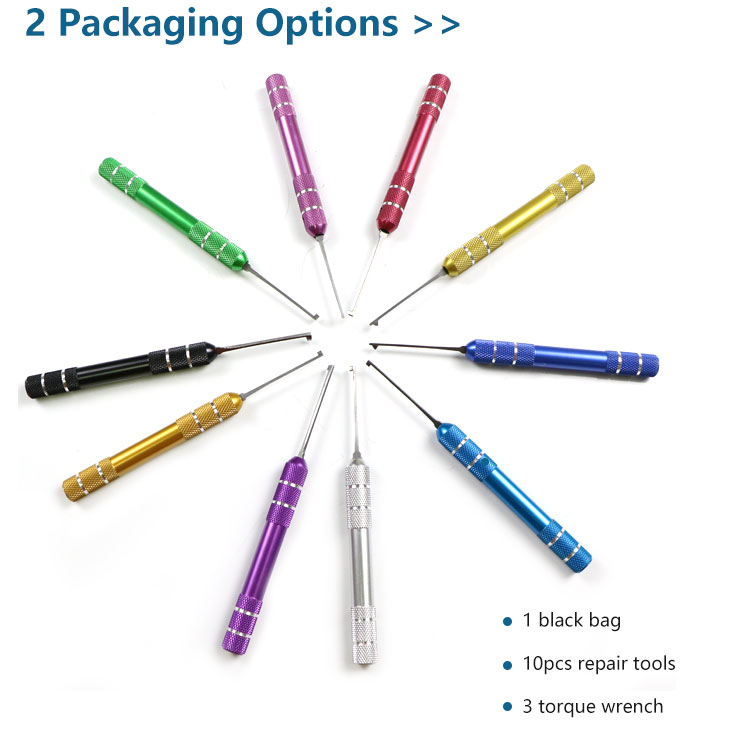
The tension wrench applies rotational force on the cylinder while picks are used to move individual pins up or down until they reach their appropriate position relative to each other and to the shear line. Understanding these basic concepts is crucial before diving into more advanced techniques and tools for successful lock-picking endeavors.
Various specialized tools and methods are utilized to manipulate the internal mechanisms of a lock in order to bypass its security features. One common tool is the tension wrench, which is used to apply pressure on the lock's cylinder while another tool manipulates the pins or tumblers inside.
Rake picks are another frequently used tool that can quickly and easily manipulate multiple pins at once using a sweeping motion. Bump keys are also popular among locksmiths and hobbyists alike, as they can be easily crafted from existing keys and used to bump the pins into place without any real skill required.
More advanced techniques include single pin picking, where each individual pin is manipulated one at a time until all have been set correctly, and shim techniques that involve inserting thin pieces of metal between the lock's components to release them from one another.
It should be noted that while these tools and techniques have legitimate uses for locksmithing or law enforcement purposes, their use in illegal activities such as burglary is highly discouraged and can lead to serious legal consequences. In the next section, we will discuss some of the legal and ethical considerations surrounding lock picking.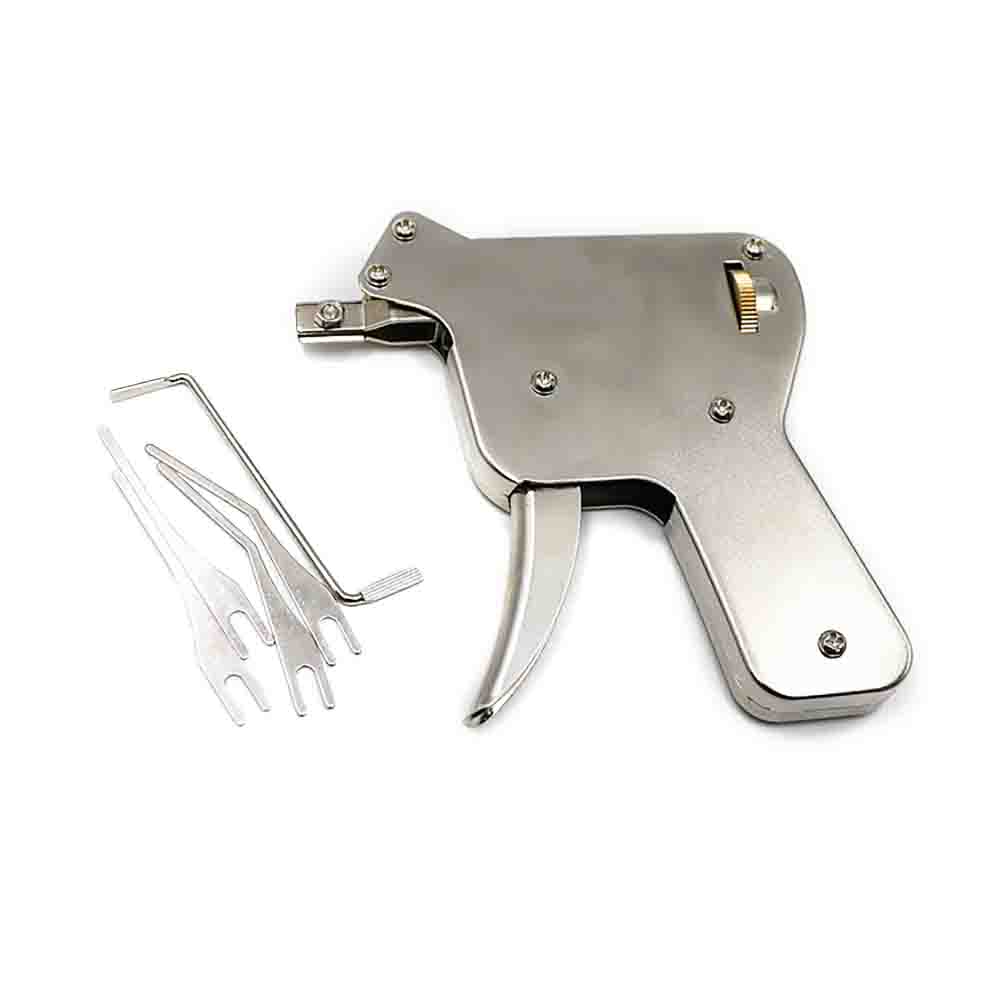
Manipulating the internal mechanisms of a lock can have legal and ethical implications that should be carefully considered. Lock picking is a skill that has practical applications in fields such as law enforcement, security, and locksmithing. However, it also raises moral implications regarding the manipulation of personal property and security concerns surrounding unauthorized access to private spaces.
Lock picking has cultural significance as well, with some communities viewing it as a form of art or even a hobby. However, there are legal precedents set in place to regulate its use. In many countries, possession of lock-picking tools without proper authorization is illegal and can result in fines or even imprisonment. Additionally, using lock-picking techniques for illegal purposes such as burglary or theft is punishable by law.
Moving on to the subsequent section about common misconceptions about lock picking, it is important to note that this skill requires practice and knowledge rather than simply owning specialized tools.
Misunderstandings about the skill of manipulating locks often stem from misconceptions and myths surrounding its practice.
One common misconception is that lock picking is only used for criminal activities such as burglary or theft. However, this is not always the case as lock picking can also be used by locksmiths to help people who have lost their keys or are locked out of their homes.
Another myth surrounding lock picking is that it requires a lot of skill and advanced knowledge. While there are certainly advanced techniques and methods involved in lock picking, basic lock picking can be learned relatively easily with some practice.
Additionally, another misconception is that all locks can be picked using the same method. In reality, different types of locks require different techniques to manipulate them.
These misunderstandings highlight the need to educate people on what lock picking truly involves and its potential benefits beyond just criminal activity.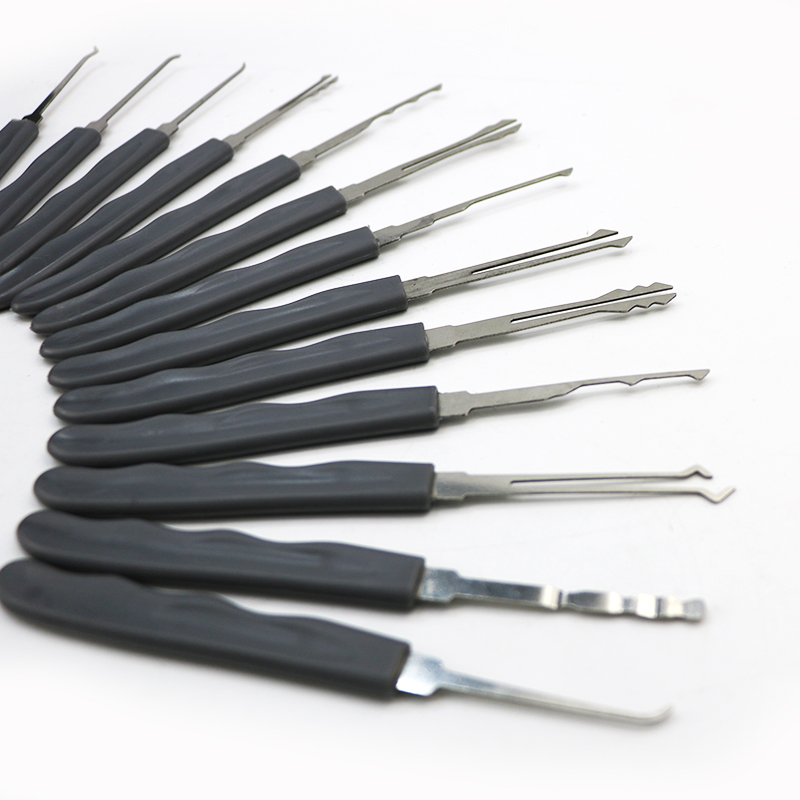
Moving forward, we will explore advanced lock-picking methods and tips without writing 'step'.
When it comes to advanced techniques for bypassing locks, a study by the University of Surrey found that over 90% of pin-tumbler locks can be successfully picked using the 'bump key' method. This technique involves inserting a specially crafted key into the lock and striking it with a blunt object, causing the pins to jump and allowing the lock to be easily turned. However, bump keys are not effective on all types of locks, such as wafer locks or tubular locks.
Another advanced bypass technique is known as impressions. This involves creating a working key for a lock by using a blank key and filing it down based on slight marks left on the key from turning it in the lock. Impressioning can be time-consuming but is effective on certain types of locks where other methods may fail.
Overall, understanding these advanced techniques can help locksmiths and security professionals better assess and improve their own locking systems.
Frequently Asked Questions
Lock picking can certainly be used for illegal purposes, and as such, there are legal ramifications and ethical considerations to be taken into account. Such activities fall under the umbrella of criminal activity and are often investigated by law enforcement agencies.
While lock picking itself is not a crime, using it to gain access to premises or property without authorization certainly is. This has led to concerns within the locksmithing industry about promoting responsible use of their skills.
Some experts argue that the best way to prevent lock picking from being used for nefarious purposes is to raise awareness among ordinary citizens about how locks work and how they can secure their homes and businesses more effectively. Ultimately, it is up to individual practitioners of lock picking to decide whether they want to engage in ethical behavior or become involved in illegal activities with potentially severe consequences.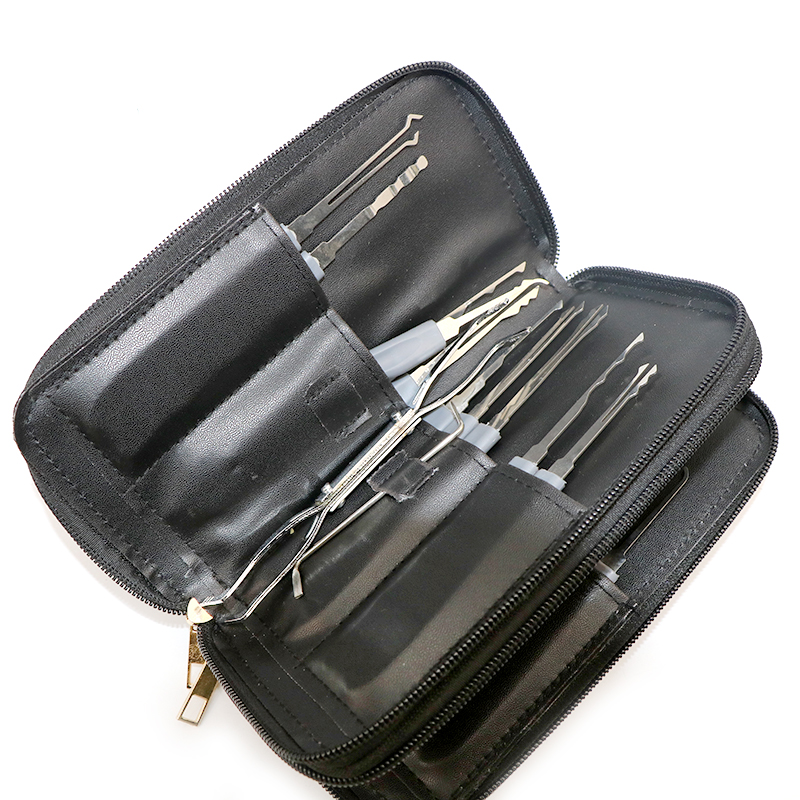
As the old adage goes, practice makes perfect, and this holds true for lock picking as well. While it may not be an easy skill to learn, with dedicated practice and proper technique, it is possible to become proficient in this craft.
Lock mechanisms can vary greatly in complexity, but understanding how they work is essential for successful lock picking. Certain tools such as picks and tension wrenches are required for the process, but their possession alone does not constitute illegal activity.
However, it is important to consider the legal implications of lock picking and avoid any unethical behavior that could harm others or violate their privacy. Overall, while lock picking may seem like a mysterious art form reserved only for skilled individuals, anyone can learn with patience and dedication while keeping ethical considerations in mind.
Lock picking and lock bumping are two distinct techniques used to gain entry into locked spaces. While both methods involve manipulating the internal mechanisms of locks, they differ in their approach and tools used.
Lock picking involves using specialized locksmith tools such as picks and tension wrenches to manipulate the pins within a lock's cylinder to unlock it.
On the other hand, lock bumping involves using a specially crafted key that is inserted into the lock and then tapped with a mallet or other tool to jar the pins into place for an instant unlock.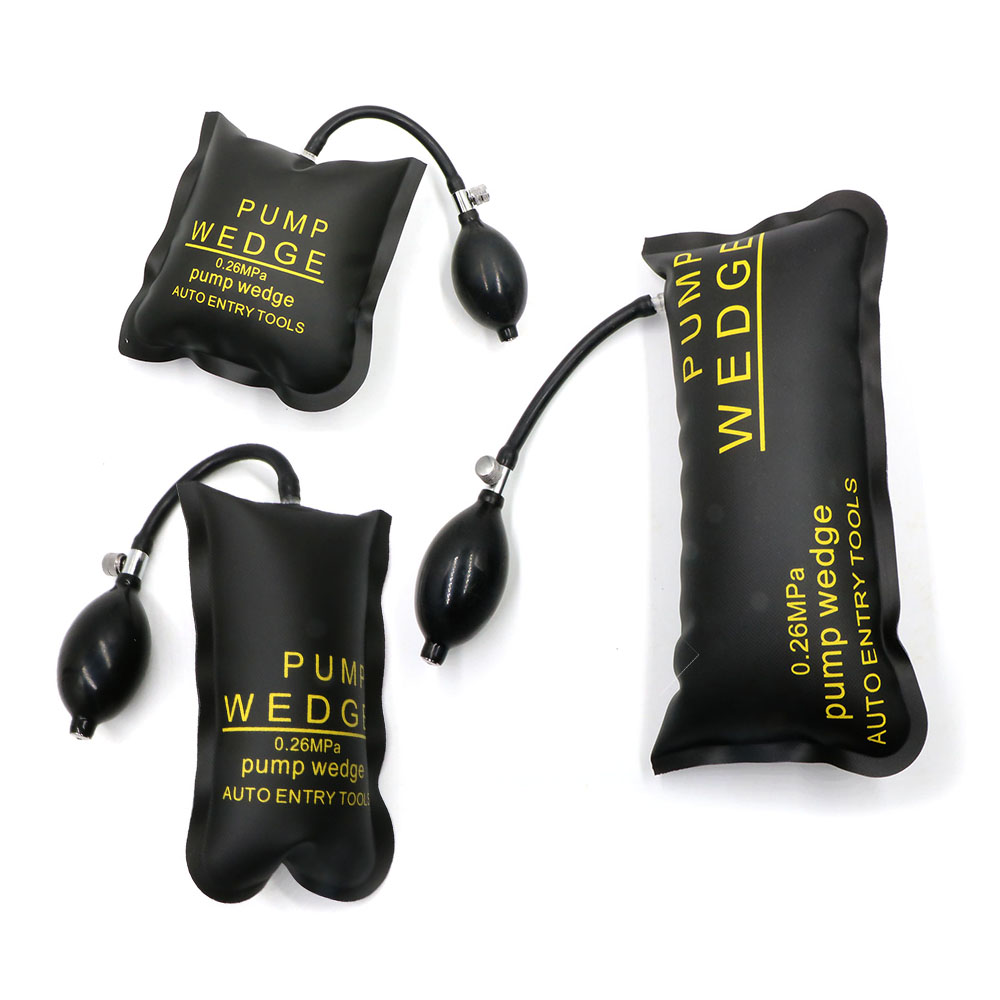
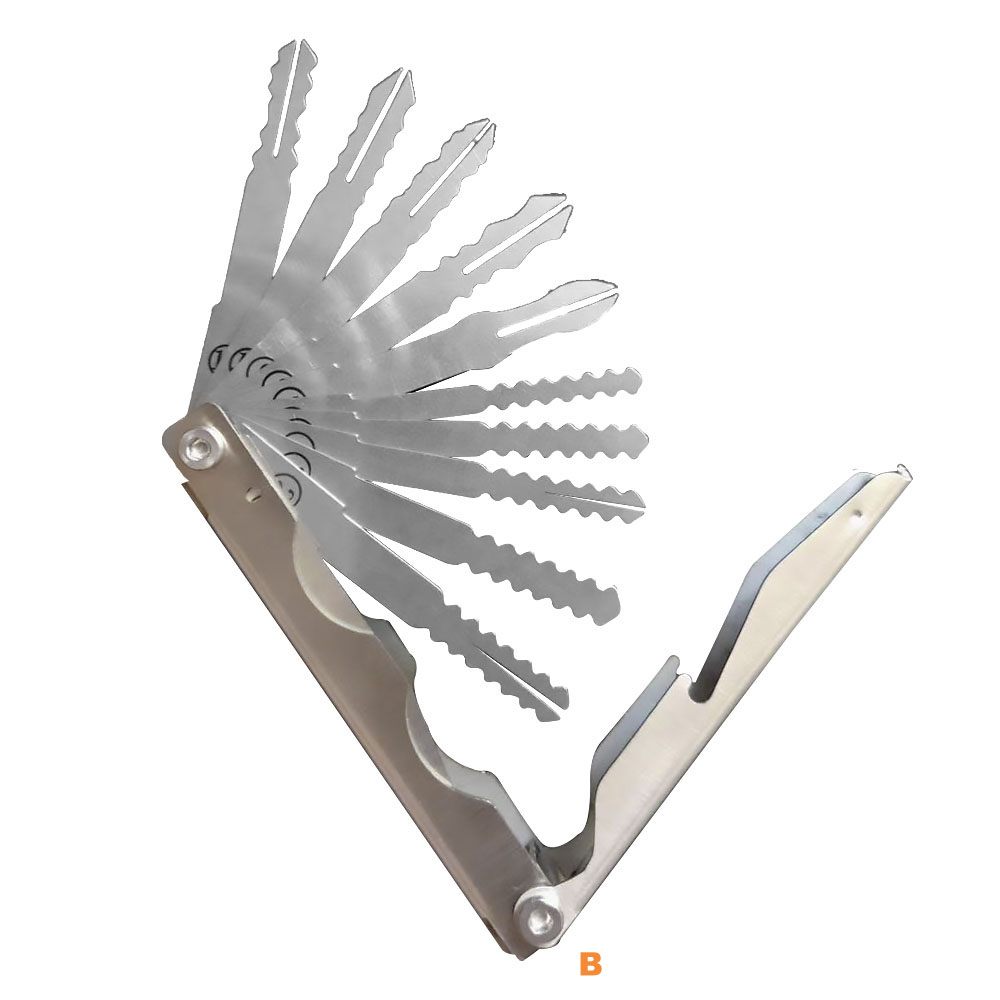
While both methods can be learned through practice and training, lock bumping is often considered less ethical due to its ease of use and potential for misuse by those without proper authorization.
The history of lock picking dates back centuries, with evidence of early locking mechanisms found in ancient Egyptian tombs, while modern-day techniques have been developed through experimentation and innovation within the locksmith community.
Lock-picking prevention techniques can be implemented to secure locks from being picked.
One way is by choosing secure locks, which are resistant to lock-picking tools such as picks and rakes.
High-security locks with advanced features like anti-pick pins, mushroom pins, and false gates can make it difficult for a picker to open them.
Another technique is installing DIY lock-picking protection devices such as protective covers that shield the lock's keyhole or using stronger materials for door frames and hinges.
Professional locksmith services can also provide more robust security measures such as upgrading existing locks, installing high-security systems, and conducting regular maintenance checks.
Employing these lock-picking prevention techniques helps ensure that the locking mechanisms of a property remain secure and protected against unauthorized entry attempts.
